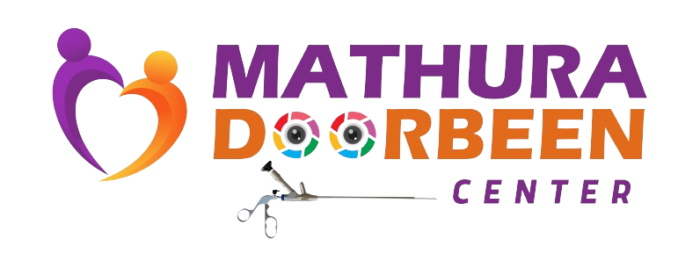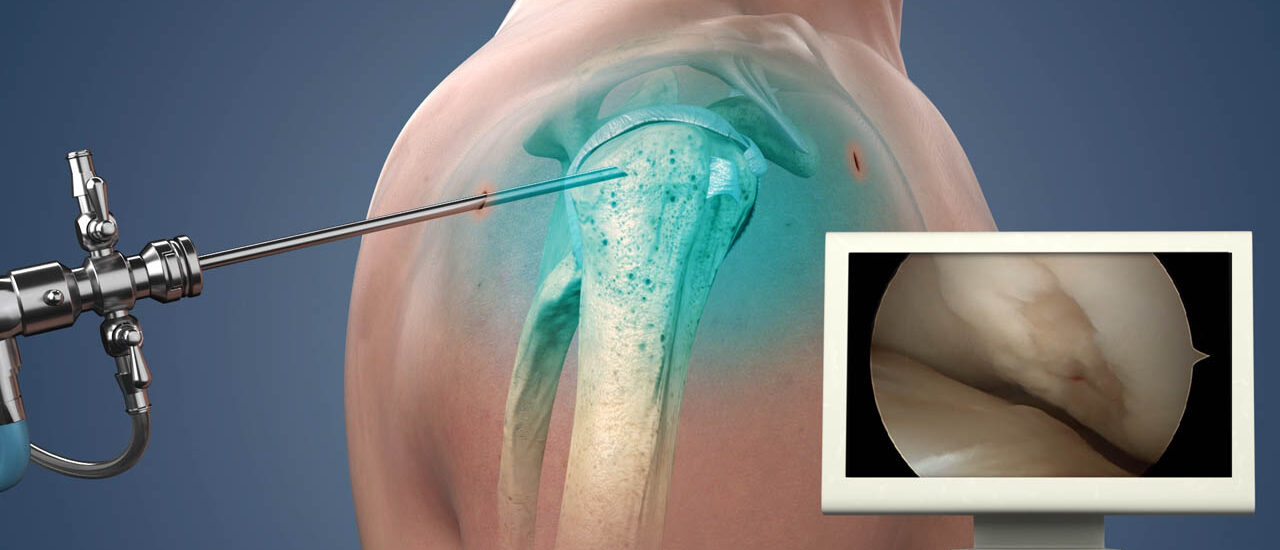If you’re struggling with persistent soreness, weakness, or limited movement, then you may have heard about shoulder arthroscopy as a potential solution. This minimally invasive procedure offers several benefits. Let’s dive into the details of shoulder arthroscopy.
Debilitating shoulder pain might make it difficult to do everyday tasks and engage in your favourite activities. If you’ve been in this situation before, you’ve probably heard the word “shoulder arthroscopy” spoken around. In recent years, shoulder arthroscopy has revolutionised the field of orthopaedics as a minimally invasive method for the diagnosis and treatment of a variety of shoulder disorders.
Understanding Shoulder Arthroscopy: What Is It?
Essentially, arthroscopy is a minimally invasive surgical method that allows surgeons to diagnose and treat joint issues by making tiny incisions. When a shoulder arthroscopy is performed, an arthroscope—a pencil-thin device with a camera and light source—is introduced into the shoulder joint. The camera guides the surgeon’s actions while they examine and treat any underlying problems by sending real-time photos of the inside of the joint onto a monitor.

Mathura Doorbeen Centre, a highly specialised unit of Verman Hospital, provides comprehensive services for all kinds of arthroscopic procedures including precise surgeries like shoulder arthroscopy in Mathura.
From intricate joint examinations to specialised procedures, we offer cutting-edge technology with our advanced arthroscopic services. Experience world-class care at Mathura Doorbeen Centre!
When is Shoulder Arthroscopy Recommended?

- Rotator cuff tears: These are tears in the tendons that stabilise the shoulder joint. They are frequently the cause of pain and weakness in the shoulder.
- Labral tears: The labrum is a ring of cartilage that borders the shoulder socket. Tears in this structure may cause instability and discomfort.
- Shoulder impingement: This condition results from the soft tissues in the shoulder being compressed between the bones, causing pain and a limited range of motion.
- Frozen shoulder: A condition that makes mobility difficult by causing discomfort and stiffness in the shoulder joint.
Benefits of Shoulder Arthroscopy
- Minimally Invasive: Arthroscopy makes fewer incisions than open surgery, facilitating faster healing and lessening the strain on surrounding tissues.
- Faster Recovery: Patients who get a shoulder arthroscopy typically recover from the procedure faster and with less pain. The smaller incisions also lessen the possibility of infection.
- Accurate Diagnosis: The arthroscope’s finely detailed view of the shoulder joint helps surgeons identify and treat underlying issues with accuracy.
- Reduced hospital stay: Patients who have shoulder arthroscopies often go home a day or two following the operation.

What to Expect During and After Shoulder Arthroscopy
The procedure is typically carried out while under general anaesthesia. The arthroscope and surgical tools are introduced after small incisions are made around the shoulder. The surgeon may carry out several procedures such as repairing tears, removing inflamed tissue, or stabilizing the joint, depending on the particular problem being treated. After the surgery is finished, sutures or stitches are used to close the incisions.
A shoulder arthroscopy usually requires a few weeks of recovery, during which time physical therapy is generally essential to recover range of motion and strength.
Conclusion
With its minimally invasive and extremely effective solution for a range of shoulder disorders, shoulder arthroscopy has completely changed the landscape of shoulder surgery. From labral tear interventions to rotator cuff repairs, this procedure provides patients with quicker recovery, less pain following surgery, and improved outcomes.
Struggling with shoulder pain and stiffness? Reach out to Dr. Swapnil Verman, a top-rated orthopaedic surgeon in Mathura, for diagnosis and treatment.


